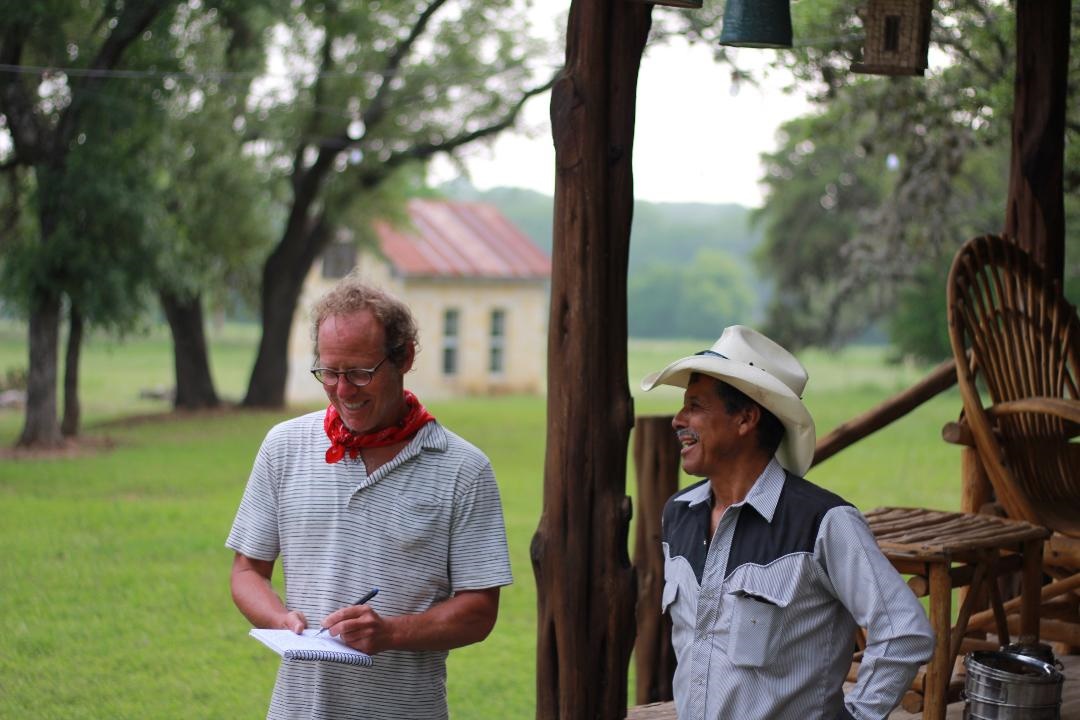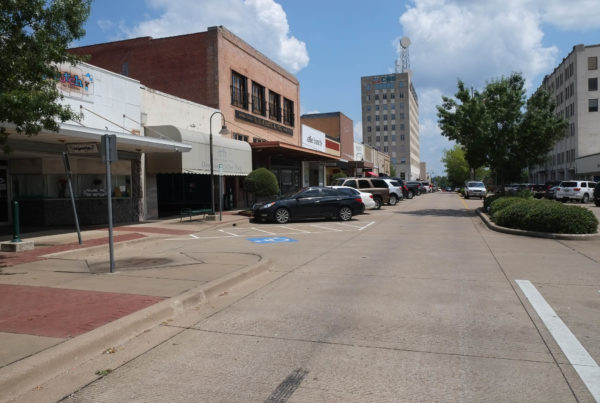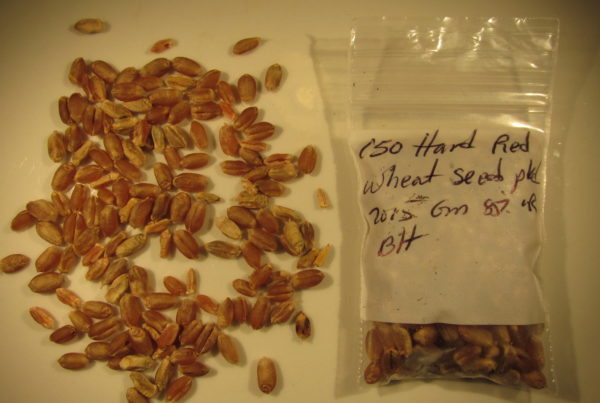Pulitzer Prize-winning reporter and historian, Tony Horwitz, passed away suddenly on Monday. He was on the road promoting his latest book, “Spying on the South: An Odyssey Across the American Divide.” One of Horwitz’s last interviews was with Texas Standard Host David Brown. He says he was glad someone in Texas was paying attention to his book. And it made sense for us to do so, since the book is in large part about Texas.
Horwitz zigzagged through the Southern U.S., following in the footsteps of Frederick Law Olmsted, a famous landscape architect who started as an undercover correspondent for the just-launched New York Times. Like Olmsted, Horwitz wrote about what he saw and compared it to other periods in History. Horwitz says Olmsted’s journey through the South occurred immediately before the Civil War. Horwitz was inspired by the vividness of Olmsted’s writing.
“I thought I would take a parallel journey to explore what he saw then, and what I see now, at another troubled time in our history,” Horwitz says.
Horwitz emulated Olmsted in another way: eschewing modern transportation conveniences and traveling much in the way Olmsted did.
“I didn’t make a fetish of it … but when possible – I thought, I wanted to see the landscape and the territory he crossed in the manner that he did,” Horwitz says.
Horwitz found that traveling 2,000 miles across Texas in a 19th century fashion was possible.
“But I did take a mule trip in the Hill Country that ended comically and badly,” he says.
It’s common for Texans to say that the Lone Star State is not part of what most people consider “the South.” Horwitz says things were different when Olmsted was traveling: settlers entered Texas from the South, often bringing slaves with them. And the state was an enthusiastic member of the Confederacy, he also says.
Today, rural East Texas is the part of the state that most resembles the South, Horwitz says.
“In rural East Texas and elsewhere in my travels, I would encounter, I guess what I would call conspiracy theories: one was that there were Muslim compounds where armed Islamists were training for Jihad,” Horwitz says.
When he challenged these unfounded beliefs, Horwitz says the people who espoused them didn’t change their point of view.
“I found that discouraging, in that, I think it’s very hard to discuss our differences if we’re really occupying different notions of what is reality,” he says.
Horwitz also experienced the demographic diversity of places like Houston, during his travels.
“This is certainly well known within Texas,” he says. “Having spent virtually no time in Texas before I came for this book, I was, for me, pleasantly overwhelmed by the mix. Every society and cuisine on earth seems to be in Houston – a rich and interesting stew.”
Horwitz was aware that he, Olmsted, and any number of reporters who have visited the South from other parts of the country, and the world, often miss subtleties of the region, and can fairly be accused of approaching such a trip as a kind of “Southern safari.”
“I certainly didn’t want to perpetuate that,” Horwitz says.
He says he worked to dig deeper, exploring the history of German immigrants to Central Texas, and the Kickapoo tribe of Native Americans in East Texas.
Horwitz says that at the time of Olmsted’s trip, the phrase “Gone to Texas” meant more than simply finding a new home in the state. Horwitz says the phrase had a somewhat negative connotation.
“It kind of indicated that you were a scoundrel if you were ‘gone to Texas,'” Horwitz says.
Today, the phrase still fits people coming to the state, but without the scandalous subtext. Horwitz says it’s particularly resonant in the corridor between Austin and San Antonio. And that’s a stark contrast to the more “distressed” parts of the South, he says.
Written by Shelly Brisbin.
















